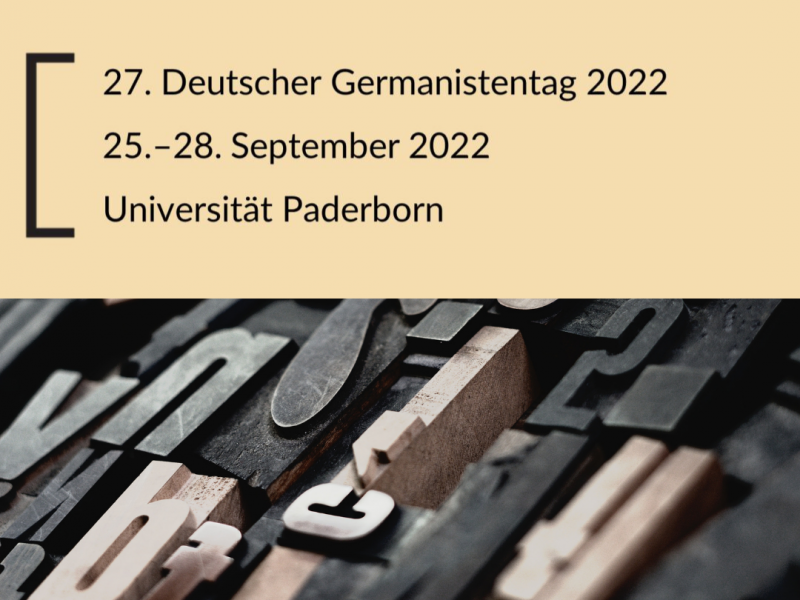das der acht hab vnd merck auff die virgel / punctẽ vnd vnderschayd / [...]. Mehrdeutigkeiten von Interpunktion in frühneuhochdeutschen Handschriften
Lecture in the context of the 27th German Conference of Germanists on the framework topic "Ambiguities" at the University of Paderborn

Date:
27.09.2022Place:
in H4.242 University of Paderborn
from 14.00 - 16.00
Categories:
ConferenceContact:
Prof. Dr. Claudine MoulinFurther Information:
ProgrammThe apparent unambiguity of punctuation in modern texts and modern editions, which is mostly oriented to syntax, is not congruent with that in medieval and early modern texts, which sometimes additionally takes prosody into account. This sometimes presents editors with certain difficulties. Occasionally, for example, the differences between high, mid, and low points in a manuscript cannot be accurately represented or distinguished in an edition, or are ignored (for example, a normal point in an edition may correspond to a high or mid point in the manuscript, a comma in the edition to a low point or virgule in the manuscript, etc.). ); often texts that are barely punctuated or not punctuated at all are re-interpunctuated in the edition for better readability according to 'modern practices' that are by no means uniform, with speech pauses or verse markings of the original being represented in the edition, where appropriate, not by punctuation but by means of typesetting such as line breaks and indentations. In many cases, editions suggest greater unambiguity and uniformity of punctuation than is present in the original. The fact that punctuation marks are sometimes added, replaced, or deleted intuitively, according to current linguistic sensibilities, seems to be partly due to the view that punctuation was not used systematically in medieval and early modern manuscripts. But punctuation in the Middle Ages and early modern period was by no means as arbitrary as the sometimes very heterogeneous picture of the surviving manuscripts seems to suggest. The lectures of the panel are dedicated to the un-/ambiguity of punctuation marks in texts of older German language levels, their transfer into modern editions as well as the problem of newly emerging, originally possibly unintentional un-/ambiguities. (Future) editors should be sensitized to the fact that punctuation in manuscripts is usually based on a system with which certain goals were pursued that may no longer be achieved when adapted to a modern punctuation system. At the same time, the possibilities of counteracting an excessive standardization of punctuation in modern editions will be explored.
- Dr. Christiane Gante (Saarbrücken), Prof. Dr. Nine Miedema (Saarbrücken): Introduction
- Prof. Dr. Claudia Wich-Reif (Bonn): The oldest punctuation mark is the dot. Punctuation in Old High German manuscripts ... and their editions
- Prof. Dr. Nine Miedema (Saarbrücken), PD Dr. Andrea Schindler (Saarbrücken) with participation of students: Punctuation in Herzog Ernst (Middle High German/Early New High German)
- Prof. Dr. Claudine Moulin (Trier): das der acht hab vnd merck auff die virgel / punctẽ vnd vnderschayd / [...]. Ambiguities of Punctuation in Early New High German Manuscripts

